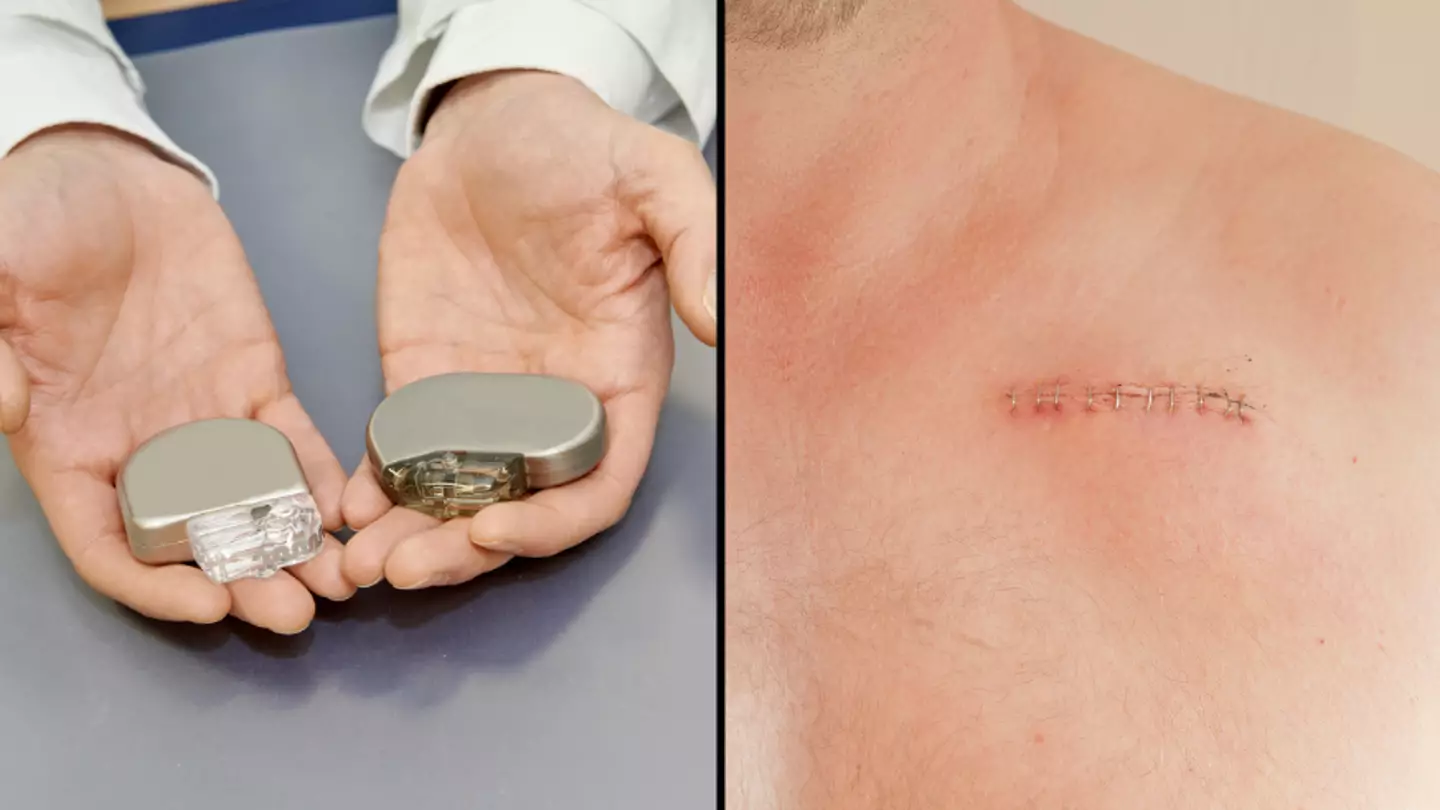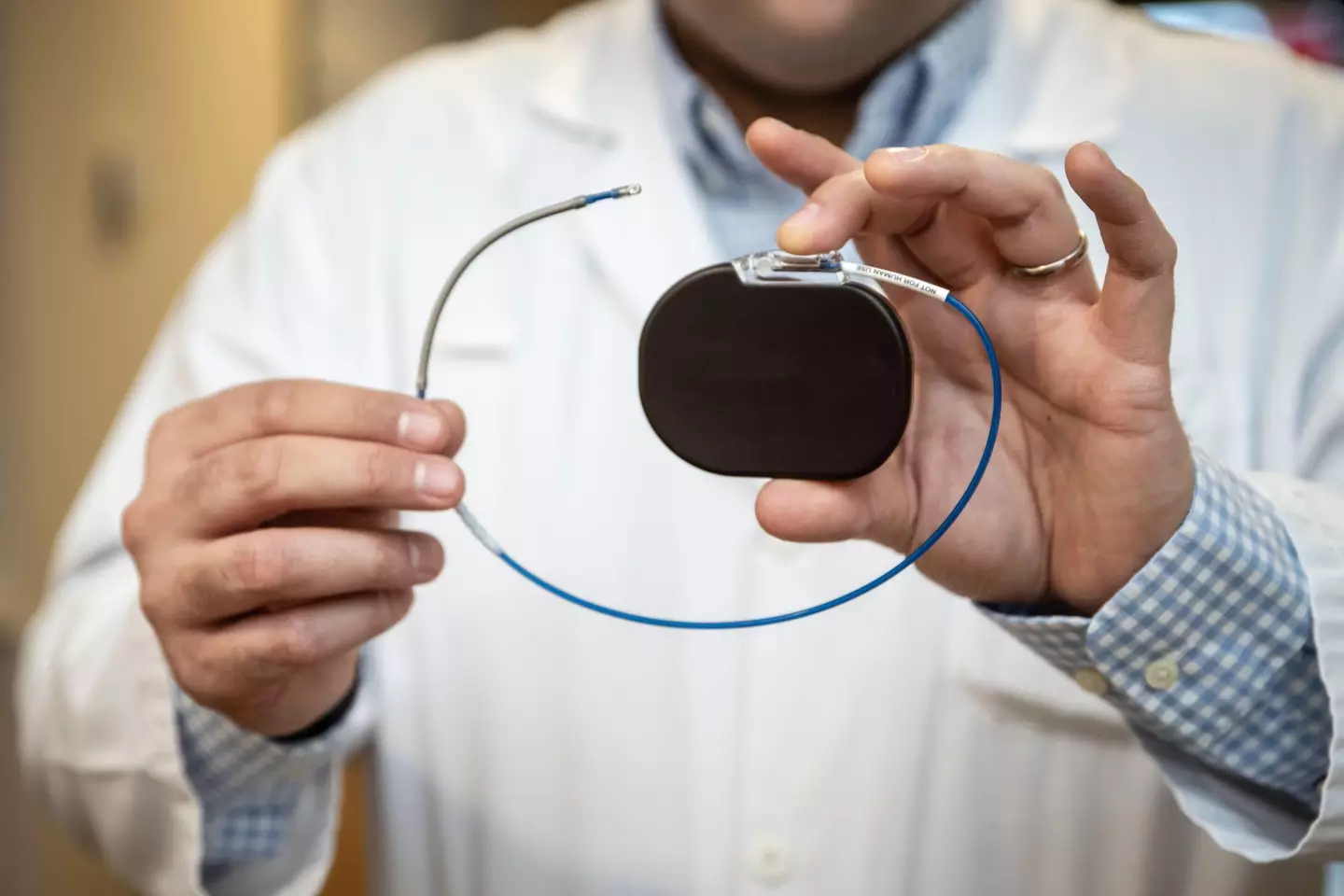
Researchers have developed a new charging technique for pacemakers and drug delivery implants.
A group of South Korean researchers have created a new wireless charging system using ultrasonic wave-based technology that could have huge benefits for electronic implants.
Simply put, this means medical devices would not need to be taken out of the body to have their batteries replaced.
Wireless charging capabilities have grown in recent years and are primarily used for portable devices such as smartphones and smartwatches.
Advert

However, as the technique uses copper foils to generate an electromagnetic field, the distance between the charger and the device is required to be at a minimum, and often in contact with each other.
Disadvantages to using this a form of wireless charging in relation to implants could include overheating the body, and interference with wireless frequencies such as Wi-Fi or Bluetooth.
The Korea Institute of Science and Technology (KIST) chose ultrasonic waves instead of electromagnetic waves to develop an acoustic energy transfer system.
The allows for transmittable energy through several mediums such as metal, air, water, and most importantly in this instance through living tissues.
Through an underwater demonstration, the researchers were able to transfer eight megawatt-hours of energy to a device six centimetres away with a transfer efficiency of four per cent.

That's enough energy to power up a Bluetooth-based sensor to deliver data, or turn on 200 LEDs simultaneously, which exceeds the traditional efficiency of conventional acoustic charging systems that usually sit at just one per cent.
To add to the argument towards moving toward an ultrasonic means of charging, KIST added that the acoustic wireless charging technique could be safely used because ultrasonic waves have been utilised for almost a century to analyse body organs.
KIST researcher Professor Song Hyun-cheol of Electronic Materials Research Center believes that while more work has to be done, it was a promising sign.
He said in a statement: “This technology has shown that it is possible for implants can be operated with acoustic charging method.
“Therefore, if we improve the stability and efficiency of the device further, we expect that we will be able to apply the technology to wireless implantable sensors.”